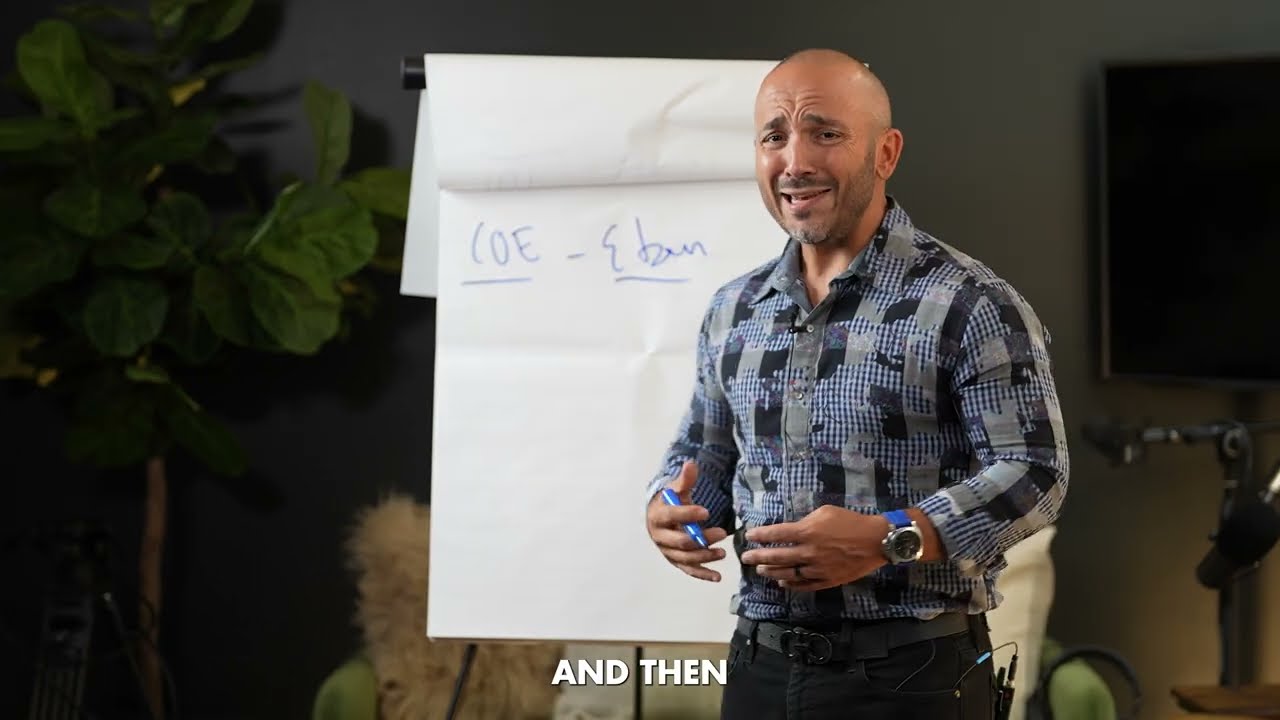Use English language, and raw data:
Navigating the VA Loan: A Comprehensive Guide for Veterans
After dedicating their lives to serving our country, veterans deserve access to the American Dream of homeownership. Thankfully, the United States Department of Veterans Affairs (VA) offers a powerful resource to make this dream a reality: the VA home loan program. This mortgage option is specifically designed for eligible veterans, active-duty military personnel, and surviving spouses, and offers significant advantages over traditional home loans. In this comprehensive guide, we will explore the ins and outs of VA home loans, including eligibility requirements, benefits, the application process, financing options, and more.
Eligibility Requirements for the VA Home Loan Program

The first step in obtaining a VA home loan is determining if you are eligible for the program. While eligibility criteria can vary depending on your specific circumstances, there are some general requirements that most veterans must meet. These include:
- Active duty service members who have served for at least 90 days during wartime or 181 days during peacetime.
- National Guard and Reserve members who have served for at least six years.
- Surviving spouses of service members who died in the line of duty or as a result of a service-related disability.
In addition to these basic requirements, there are also specific criteria based on discharge status, length of service, and other factors. You can check your eligibility on the VA’s website or speak with a VA-approved lender for more information.
Understanding the Benefits of a VA Loan: No Down Payment, Lower Interest Rates

One of the main reasons why the VA home loan program is so appealing to veterans is because of its many benefits. Let’s take a closer look at the two key advantages that set VA loans apart from conventional mortgages.
No Down Payment
Saving up for a down payment can be one of the biggest barriers to homeownership, especially for those who have just completed their military service. But with a VA loan, eligible veterans can purchase a home without putting any money down. This is a significant advantage over conventional loans which typically require a down payment of 3-20%. Not having to come up with a large sum of money upfront allows veterans to use their savings for other important expenses or investments.
Lower Interest Rates
In addition to not requiring a down payment, VA loans also often come with lower interest rates compared to conventional mortgages. This is because the VA guarantees a portion of the loan, making it less risky for lenders. As a result, lenders are more likely to offer lower interest rates to attract veteran borrowers. Even a slight decrease in interest rate can lead to significant savings over the life of the loan, making homeownership more affordable for veterans.
The VA Loan Process: From Application to Closing
Now that you understand the benefits of a VA loan, let’s explore the process of obtaining one. While the exact steps may vary depending on the lender and your individual circumstances, here is a general overview of what to expect when applying for a VA loan:
- Determine your eligibility: The first step is to ensure that you meet the eligibility requirements for a VA loan.
- Get a Certificate of Eligibility (COE): You will need to obtain a COE from the VA to verify your eligibility for the loan program.
- Connect with a VA-approved lender: Look for a lender who is approved by the VA to offer VA home loans.
- Pre-approval: Your lender will review your financial information and determine how much you can afford to borrow.
- Find a home: Once pre-approved, you can start house hunting and make an offer on a property.
- Inspection and appraisal: It is important to get both a home inspection and appraisal to ensure the property is in good condition and worth the asking price.
- Mortgage application: Once you have found a home, you will need to complete a loan application with your lender.
- Underwriting and approval: Your lender will review all of your financial documents and determine if you are approved for the loan.
- Closing: If approved, you will attend a closing meeting where you will sign all necessary documents and pay any closing costs.
- Move-in: Congratulations, you are now a homeowner!
Maximum Loan Amounts and Debt-to-Income Ratios for VA Loans
As with any type of mortgage, there are limits on how much you can borrow through the VA loan program. The maximum loan amount varies depending on where you live and can change each year based on changes in the housing market. For 2021, the maximum loan amount for most areas is set at $548,250. However, this limit can go up to $822,375 for high-cost areas.
Another factor that lenders consider when determining your loan eligibility is your debt-to-income (DTI) ratio. This measures your total monthly debt payments against your gross monthly income. Generally, the VA requires a DTI ratio of no more than 41%, but they may allow exceptions for those with strong credit scores or significant assets.
Financing Options for Veteran Homebuyers: Conventional vs. VA Loans
While VA loans offer many benefits, it’s important to understand that they are not the only financing option available to veterans. Let’s compare VA loans to conventional mortgages to help you determine which may be the better choice for you.
Down Payment Requirements
As mentioned earlier, VA loans do not require a down payment, while conventional loans typically require a down payment of 3-20%. This means that VA loans can be a more accessible option for those with less money saved up for a down payment.
Credit Score Requirements
VA loans also tend to have more lenient credit score requirements compared to conventional loans. While a good credit score is always beneficial when applying for any type of loan, it may be easier to obtain a VA loan even with a lower credit score.
Private Mortgage Insurance (PMI)
Another significant difference between VA loans and conventional mortgages is the need for private mortgage insurance (PMI). PMI is typically required on conventional loans when the borrower puts less than 20% down. However, VA loans do not require PMI, which can save borrowers hundreds of dollars each month.
Interest Rates
Conventional loans may sometimes have slightly lower interest rates compared to VA loans, but this is not always the case. As mentioned earlier, VA loans often come with lower interest rates due to the VA’s guarantee. It’s important to compare interest rates from different lenders to ensure you are getting the best deal possible.
Refinancing Your VA Loan: When It Makes Sense and How to Do It
If you already have a VA loan and would like to take advantage of lower interest rates or other benefits, you may want to consider refinancing your loan. This involves paying off your existing mortgage with a new loan, usually at a lower interest rate or with different terms.
There are two main types of VA loan refinancing options:
- Interest Rate Reduction Refinance Loan (IRRRL): Also known as a streamline refinance, this option allows veterans to refinance their current VA loan with minimal documentation and without having to do another appraisal.
- Cash-Out Refinance: This option allows homeowners to refinance their VA loan while also taking out some of their home’s equity in cash.
Before considering refinancing, it’s essential to weigh the costs and benefits to determine if it makes sense for your situation. Be sure to speak with a VA-approved lender to see what options are available to you.
The VA Loan and Military Relocation: Finding a Home in Your New Duty Station
One of the unique challenges that military personnel face is frequent relocation due to new duty assignments. The good news is that VA loans can be used to purchase a home in any location, making it easier for veterans to find a place to call home no matter where their next assignment takes them.
Before relocating, it’s important to research the housing market in your new duty station and work with a local real estate agent who understands VA loans. Be sure to also consider potential costs associated with buying a home in a different state, such as property taxes and insurance rates.
Protecting Your VA Loan Benefits: Understanding the Loan Guaranty
As mentioned earlier, VA loans are backed by the federal government through a loan guaranty program. This means that the VA guarantees a portion of your loan, which reduces the risk for lenders and makes it easier for veterans to obtain financing. However, it’s essential to understand that the VA loan is not automatically guaranteed for life.
In case you default on your loan, the VA will reimburse the lender for any losses incurred up to a certain amount. To protect this benefit, it’s crucial to make timely mortgage payments and maintain good communication with your lender if you run into financial difficulties.
Resources for Veteran Homebuyers: Government and Non-Profit Organizations
Navigating the VA loan process can be overwhelming, especially for first-time homebuyers. Fortunately, there are many resources available to help veterans throughout the entire homeownership journey. Here are a few helpful organizations and programs worth checking out:
- VA Regional Loan Centers: These centers offer assistance to veterans applying for VA loans and can also provide information on other VA benefits.
- Veterans United Foundation: This non-profit organization offers grants to veterans and service members to assist with down payment and closing costs.
- HUD Approved Housing Counseling Agencies: The Department of Housing and Urban Development (HUD) has approved counseling agencies that can provide free or low-cost housing counseling to veterans and military families.
Conclusion
The VA home loan is a powerful tool that can help veterans achieve the dream of homeownership. With no down payment requirement, lower interest rates, and other unique benefits, it’s an attractive option for those who have served our country. By understanding the eligibility requirements, application process, financing options, and resources available, veterans can make informed decisions and successfully navigate the VA loan program. Whether you are a first-time homebuyer or looking to refinance your current loan, the VA has resources in place to support you every step of the way. As a token of gratitude for their service, the VA home loan is just one of the ways we can give back to those who have given so much for our country.

